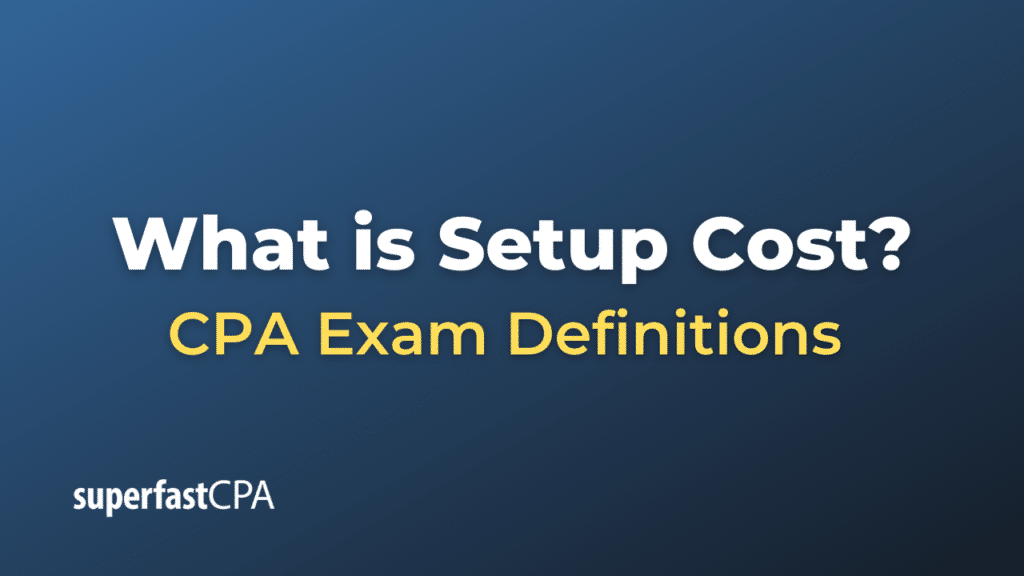Setup Cost
Setup cost refers to the expenses associated with starting a new operation, preparing for a new process, or initiating a production run. It’s a term most often used in manufacturing and production environments, but it can apply to other areas as well.
In manufacturing, for instance, setup cost encompasses all the expenses associated with setting up machinery and equipment to produce a new product or batch. This might include costs related to:
- Calibrating or adjusting machinery.
- Changing out molds or tooling.
- Training employees on a new process.
- Time lost during the transition from one product run to another.
- Consumable items used exclusively during the setup process.
- Quality assurance and testing of initial runs.
Setup costs are significant in decisions regarding production and inventory management. For example, if setup costs are high, a manufacturer might produce larger quantities of a product in each run to spread out the cost over more units, leading to economies of scale. On the other hand, if they aim for a “just-in-time” production model, they’ll have to balance the benefits of smaller, more frequent runs with the increased setup costs.
In other contexts, setup cost might refer to costs like initial investment in software or infrastructure, or any initial expenditure required before a new process or activity can begin.
Example of Setup Cost
Let’s take an example from the world of t-shirt printing.
T-Shirt Printing Business Example:
Imagine you run a business that prints custom designs on t-shirts. Each time you switch to printing a new design, there are certain tasks you need to do:
- Design Preparation: If the design is new, you might need to spend time adjusting the graphics to ensure they’re print-ready.
- Machine Calibration: Depending on the design, you might need to adjust the settings on your printing machine, such as alignment, ink density, or color mixing.
- Test Prints: Before running a full batch, you’ll print a few test t-shirts to ensure everything looks right. These shirts might not be sold and are considered wastage.
- Change of Inks: If the design requires different colors than the previous one, you’ll need to change the inks in the machine, which takes time and effort.
- Employee Training: If it’s a new technique or design that your employees aren’t familiar with, they might need some training or briefing.
The sum of the costs associated with these activities is your setup cost for printing a new t-shirt design.
Now, let’s say the setup cost is $100 for each new design.
Scenario 1: A customer orders 100 t-shirts of a single design. Here, the setup cost per shirt is $100/100 = $1 per shirt.
Scenario 2: Another customer orders 10 t-shirts of a different design. The setup cost now is $100/10 = $10 per shirt.
From this example, it’s clear that spreading the setup cost over a larger production run (as in Scenario 1) is more cost-effective on a per-unit basis than smaller runs (as in Scenario 2). This understanding can influence decisions on order minimums, pricing strategies, or promotions to encourage larger batch orders.













